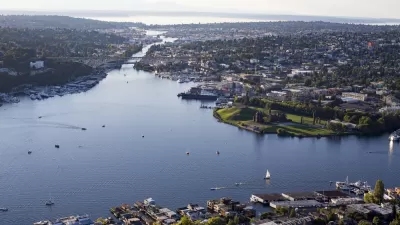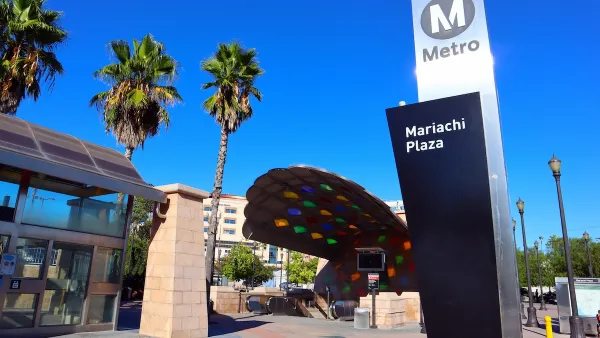If its proposals are effectively implemented, Vancouver's new housing plan would promote 'missing middle housing' and increase density near jobs and transit.

While it has taken years for Vancouver's city council to develop the framework for a plan to increase housing density and provide more affordable housing in the city, the Globe and Mail editorial board sees the recently released plan as a step in the right direction for a city where housing costs have doubled in the last decade.
The board blames Vancouver's widespread single-family zoning for the rise in housing costs and argues that pushing people farther away from jobs and services in the central city could be a hindrance to Vancouver's economic growth. Some homeowners, however, are ready to fight the city's plans to increase density in residential neighborhoods. Meanwhile, housing advocates say permitting density only on busy arterial roads, which expose residents to higher levels of pollution and noise, discriminates against low-income households.
According to the editorial, the proposal focuses on encouraging "missing middle housing" and mixed-use development, but does not yet include specific provisions for zoning changes.
More than 50 per cent of Vancouver’s land is devoted to just 15 percent of the city’s housing. The draft plan has ideas to increase development near rapid transit and shopping areas, but it is the proposal to allow more types of housing in neighbourhoods of detached single-family homes that likely will make the biggest difference in the decades ahead.
The council expects to vote on a finalized plan in mid-2022.
FULL STORY: Vancouver has a plan for the future of Canadian cities

Maui's Vacation Rental Debate Turns Ugly
Verbal attacks, misinformation campaigns and fistfights plague a high-stakes debate to convert thousands of vacation rentals into long-term housing.

Planetizen Federal Action Tracker
A weekly monitor of how Trump’s orders and actions are impacting planners and planning in America.

In Urban Planning, AI Prompting Could be the New Design Thinking
Creativity has long been key to great urban design. What if we see AI as our new creative partner?

Cal Fire Chatbot Fails to Answer Basic Questions
An AI chatbot designed to provide information about wildfires can’t answer questions about evacuation orders, among other problems.

What Happens if Trump Kills Section 8?
The Trump admin aims to slash federal rental aid by nearly half and shift distribution to states. Experts warn this could spike homelessness and destabilize communities nationwide.

Sean Duffy Targets Rainbow Crosswalks in Road Safety Efforts
Despite evidence that colorful crosswalks actually improve intersection safety — and the lack of almost any crosswalks at all on the nation’s most dangerous arterial roads — U.S. Transportation Secretary Duffy is calling on states to remove them.
Urban Design for Planners 1: Software Tools
This six-course series explores essential urban design concepts using open source software and equips planners with the tools they need to participate fully in the urban design process.
Planning for Universal Design
Learn the tools for implementing Universal Design in planning regulations.
Appalachian Highlands Housing Partners
Gallatin County Department of Planning & Community Development
Heyer Gruel & Associates PA
Mpact (founded as Rail~Volution)
City of Camden Redevelopment Agency
City of Astoria
City of Portland
City of Laramie





























